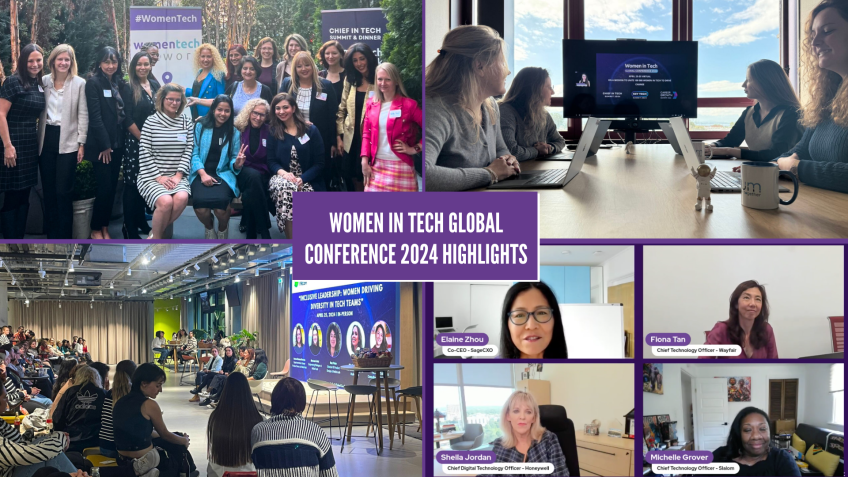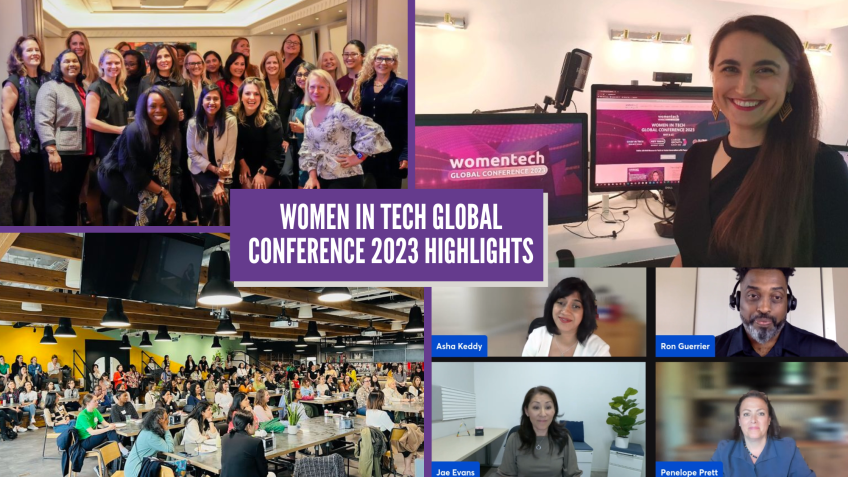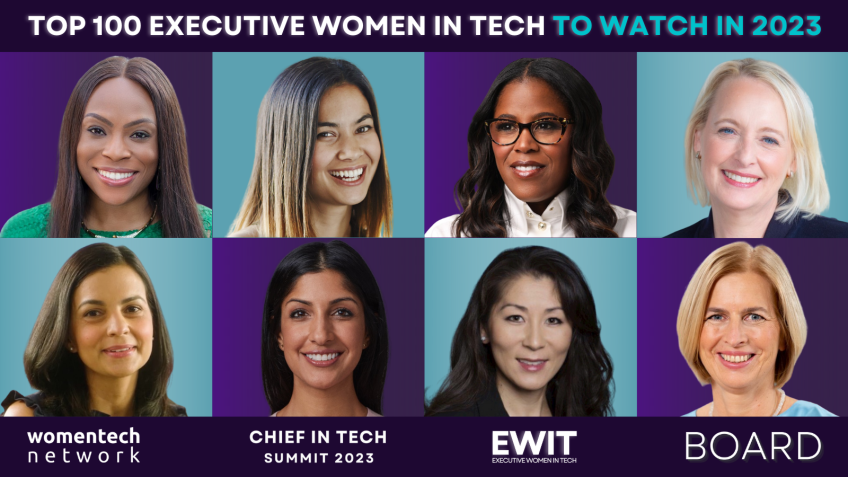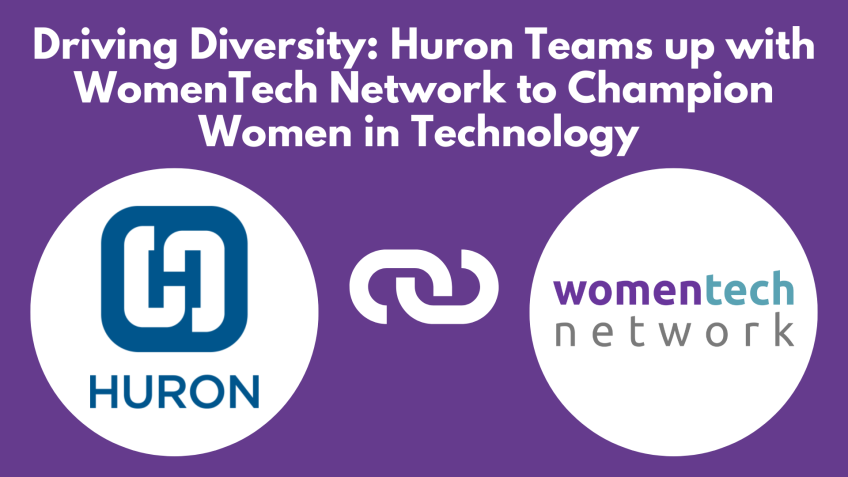Diversity for Better Software: Pragmatic Reasons to Have Diverse Teams
Embracing Diversity for Better Software Development
Appreciate you joining me today as we discuss an issue that often goes unnoticed but stands as a pivotal part of the journey towards better software - diversity. As a cis white male software developer, I confess that initially, I was blissfully unaware of the lack of diversity in our sector. However, as I dwelled deeper, I realized that this had been the missing piece in producing more effective solutions.
Why Diversity Matters?
There's a common misconception that embracing diversity entails meeting a certain percentage of people of color or women in our companies. While better representation is important, what's equally crucial is ensuring diverse perspectives in our teams. In the software development industry, the absence of a varied point of view can have an adverse impact on making successful software decisions.
A perfect example of this is how early car airbags, designed and tested solely through a male lens, ended up injuring many female users. From voice recognition software performing worse for women and non-English native speakers to medical studies biased towards a male-centric model, the lack of diversity has repeatedly led to flawed products and solutions.
Diversity is More Than Just Gender and Race
Oftentimes, diversity is boxed within the confines of gender and race. It's critical to remember, diversity transcends these boundaries. It takes into account religion, gender, sexual orientation, and socio-economic background. Embracing differences and having individuals who question the status quo rather than 'fitting in' fosters better decisions and improved products.
- A menstruation tracking app, designed with a stereotypical feminine theme and a focus on procreation, represents a clear lack of diversity. Understanding that women track their periods for more reasons beyond getting pregnant would have led to a more user-oriented application.
- Scott Hanselman talks about the idea of ‘intersectionality’– ensuring that people who are part of your product’s user base are part of your design team. Building software for veterans? Have a veteran on the team. Designing a website? Include someone with a disability who can offer insights into accessibility.
How Does Diversity Contribute to Better Software?
The simple answer - having varied opinions leads to improved decision-making and superior products. According to a report by McKinsey, companies with better gender and ethnic diversity tend to perform better financially. This means that diversity, far from being just an ethical or representational issue, is a financial one.
Conclusion and Action Points
If you're in a position to hire or review teams, consider this - you don't want people who merely 'fit' into your culture but, rather, individuals who aren’t afraid to question the status quo. Bringing in different backgrounds, genders, and races not only enhances diversity, but also contributes to the all-important bottom line.
The reality is simple - diversity is not about fulfilling a quota or ticking a box for a CSR report. It's about recognizing that the best talent comes from all walks of life, regardless of skin color, gender, or socio-economic background. Remember, the path towards better software isn't just about diversity—it's about inclusivity, too.
Video Transcription
Well, everyone, thanks for being here and uh and thanks for coming to the session about uh uh better software. I'll start with a little bit about me.Uh I uh recently finished a movie about software developers and it may be weird to be hearing from someone who looks like they're from central casting that there would be a um in every movie about a software developer to talk about diversity. But this is sort of part of the story for me is that uh you know, as a cis white male, I missed some of the obvious things that uh uh came down to not noticing. Uh you know, my part of being part of the problem, you know, when I was uh making the film, I came and looked at a bunch of the interviews I had done and I saw that all these people had something in common and that was we were all the stereotype like we were all fit into that white male, heterosexual, et cetera part of the story of uh software development.
And this intrigued me enough to want to change the way I was making the film to talk about the real problem here, the problem of um diversity in software development. So let's talk a little bit about that. Um A lot of people that are feeling defensive about diversity and software development, come on on this idea that we need to have a certain percentage of people of color of women in order to make our uh companies awoke or um uh fit into the social justice model. And for me, whilst, you know, I would like there to be better representation. I think of an interesting part of the story is that we are falling down as software developers because we don't have the different points of view. These different points of view to me are crucial to making better software, making better engineering choices, making better business decisions. When we just have the same sort of people, we're all, we all look and act the same. We're all from the same background. We all have had similar experiences with going to college and, and um uh growing up middle class, that's the only lens we can see anything through. We, we see a lot of examples of this uh when uh car bags were initially put in cars, they were never tested with women. And so they were injuring women at first because all the crash dummies that they were using at the time were modeled on men.
And so a lot of women got hurt because for some reason, no one thought to test it with you know, 51% of the US population and a similar number across the world. Um because possibly there weren't any women on that team. Right. Another engineering problem, uh, voice recognition has traditionally been much worse for women and people of color than, uh, and especially for uh uh non-english speakers or non English native speakers than they have been um for uh uh uh men's voices. Lots of our medical um um testing that happens across the uh medical studies that happen across the world are done based on the male model. Even uh uh studies about women's anatomy often are taken just from male models of what that data should or could be, which seems ludicrous, but it continues to happen today. Uh One of the men I interviewed for the film really opened my eyes to this whenever I go to an airport and I go to wash my hands and they have those little automatic water functions as a person of color. Um He realized he had to put his hands face up in order for the water to turn on because the darker color of his skin wasn't calibrated to work with these automatic um um sinks. And that really comes down to this, like who did they test this on?
Who thought that this was the appropriate um um point of view for building this in, in this case, a very small piece of software, even facial recognition uh is still worse for nonwhite subjects than they are for subjects and even to some cases better for men than for women. I love this piece of stock photo because even the points on the face of uh uh of the black man aren't lined up to his nose, right? E even the sample um uh stock photo isn't getting uh uh the fake data wrong. So what does this mean when we talk about having diverse points of view, we tend to think about gender and race as being those two points of diversity that we're talking about. And I think that's too simplistic of you. What it really comes down to for me is this idea of diversity um crossing many boundaries, religion, gender, sexual orientation, socio-economic um uh uh race because we're looking for people who are, aren't like us. There's a um a famous book uh story about uh Abraham Lincoln, uh president of the United States back in the 18 hundreds who um wanted to bring the people around him that would disagree with him to help him produce the best sort of answers for the United States. And I think this is what I want to see in software teams. We want people that will question the expectations because we think about software as being the the uh the typing of code that code is software.
And unfortunately, what happens is most of the decisions that end up being those lines of code are uh worked out way ahead of time in these meetings to figure out what you're gonna build, what it looks like, how to review it, understanding what uh the people that are gonna use it, what they're looking at all of that impacts it.
Uh The one of the examples I like to talk about is um there was a um uh a uh menstruation tracking app that was built for the iphone and it was pink and there were butterflies and not only did the look sort of um uh uh imply that people that the people who wrote it knew what women wanted, you know, this very um um uh childish sort of girl uh look of the app.
But more importantly, the app seemed to only be focused on procreation for a reason to track a woman's period. And of course, as most women know, and most men that are in relationships with women or women who are relationships with women, um most of the time you're not tracking it because of trying to get pregnant that getting pregnant is one part of that story. But there's a whole host of other reasons why you would want to do that. And this comes down to just having people with different views about the world when you're building networks. Uh when you're building teams to, to design these pieces of software, I think it's important that you look at it in a different way. Uh Scott Hanselman likes to talk about intersectionality. Um, and instead of just thinking about these as properties of the people you want to build a team around, you also want to think about, um, this idea of what you're building and how you could relate it to people that might actually be using it. So he likes to talk about, you know, if you're building software for, for veterans, do you have veterans on the team? If you're building, um, uh, uh, websites?
Do you have someone that I, uh, has disab a disability that can test or at least have the point of view of, um, not being able to use uh, your website because screen readers don't work or because, um, they're low sighed and there's no high contrast sort of situation. Um, do you have people that are come from other countries than the country you're building the software in so that you can make sure that it isn't. So, uh, ethnocentric to your country that you're bound to, uh, sort of put implicit biases into your software. This idea really for me comes down to, um, not trying to match a set of fitting into what's gonna look good on a, um, annual report about that you're doing the right thing for diversity or intersectionality. For me, it really comes down to this idea of we want to build better software. Now, I want there to be more inclusion and diversity for its own sake because the, the idea that people look like me or the majority of software developers, I think is a problem in itself. But if we come down to the pragmatism, we come down to the simple idea of we wanna be building better software. We want people that have different opinions than us. We wanna have those hard discussions.
We don't want to just have people who are like, I guess that's fine. I think that's how it works and that's what ends up happening when we um have people with all of the same view. And so this really comes down for me to the reality, right? That um uh uh Mackenzie did a report. Um and they've been updating it every year. You can see the different dates here where they looked at companies on the top and the bottom of diversity and they can see financial performance, financial, like we're not talking about uh uh anything else but how well companies do when they have better gender diversity, they have better financial outcomes.
When they have better ethnic diversity, they have better financial outcomes. We have the data to prove this. It's not about uh quotas, it's about money in this case, right? We can really see that our software teams and our companies in general from CEO S all the way down um uh to the bottom that having diversity means that our companies are competing better. Let me say that again, that our companies are competing better so we can get out of this trying to uh worry about um the individual numbers, we want our companies to do better so that we as developers or as business owners or whatever it is do better. And generally, that means not looking at the color of their skin or um how they represent themselves uh as gender as a way to define um uh who they are. But to look for the best people, the best people come from every walk of life, from every consistent background, every gender and every race. And um this is the way that, that, that diversity is going to win as far as I'm concerned, this is the way we tell this story of why diversity is so important.
So now it's your turn, you know, if you're um responsible for hiring or you're responsible for reviewing teams, people that are in your teams or interviewing, I ask you to look at it in the sense that you want people that are going to come in and question the status quo we tend to hire for fit way too often.
Are they gonna fit into our culture? Well, I hope not because then they can bring a point of view that we don't already have.





